Peru is characterized by having the most beautiful and unique tourist attractions, its variety of climate, species among others that we would not finish naming them, however, one of the most important festivities of the year is the July 28 when Peru becomes a free and independent country.
The previous year commemorated its 200 years since the proclamation of General Jose de San Martin, as well as this outstanding date also in this month is revived one of the best recognitions that receives "Machu Picchu, the most remarkable attraction of Peru". As I said Peru has many things to celebrate and this month of July recalls certain important festivities that are also celebrated in some regions of the country.
Table of Contents
Below I will describe the 5 most important festivities celebrated in the month of July, dates with an important meaning in which they are lived with music, traditional dances, colorful costumes and more.
On July 7, the Historic Sanctuary of Machu Picchu was recognized as one of the 7 wonders of the modern world along with other attractions, this recognition was received for its imposing natural beauty, mountain with snow-capped peak and intact archaeological complex built by the Incas on 2430 meters above sea level.
Because of this, the corresponding authorities decided to choose this date to commemorate this important recognition, which has now been chosen as one of the seven wonders of the modern world for 16 years.
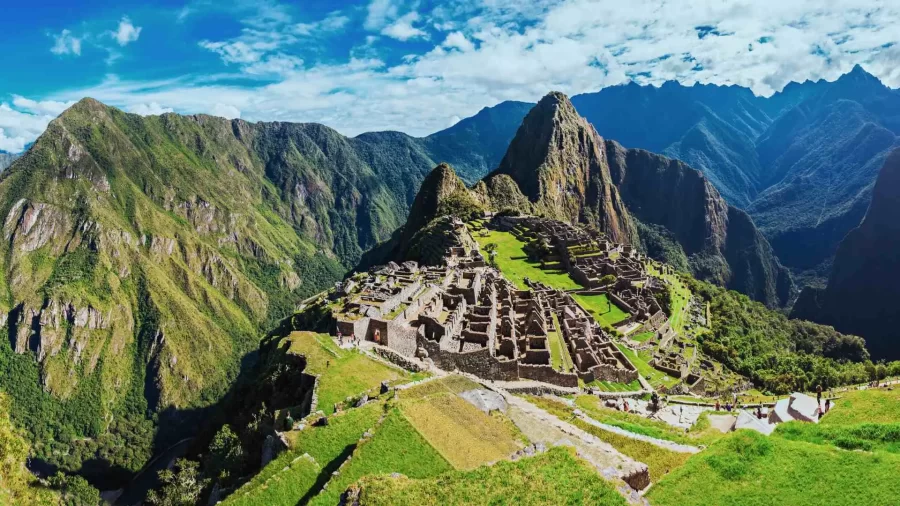
The Virgin of Carmen or known as the "Mamacha Carmen" is one of the biggest festivals celebrated every second week of July (15 and 16) in Paucartambo-Cusco and Peru.
Well, on her day several of her devotees go to her to pray for their families, projects, health, among other prayers, at the same time the corresponding authorities make a schedule of cultural activities to be carried out during these two days.
Today it is considered as Religious Heritage, according to history the image was sent by Spain, but did not come alone, they sent two images the Virgen del Carmen de la Legua and the Virgen de la Candelaria. According to the story tells that it was sent by mistake to Paucartambo and came to stay there, and is located in the temple of the Virgen del Rosario.
As main dancers are the Qhapac Negro de Paucartambo, then there are the Qhapaq Qolla, Chunchachas, Qhapac Ch'uncho, then it has another attraction that you can visit these days, some after visiting the Mamacha Carmen climb to the peak of the Mirador de Tres Cruces to see the sunrise and an overview of the low jungle.
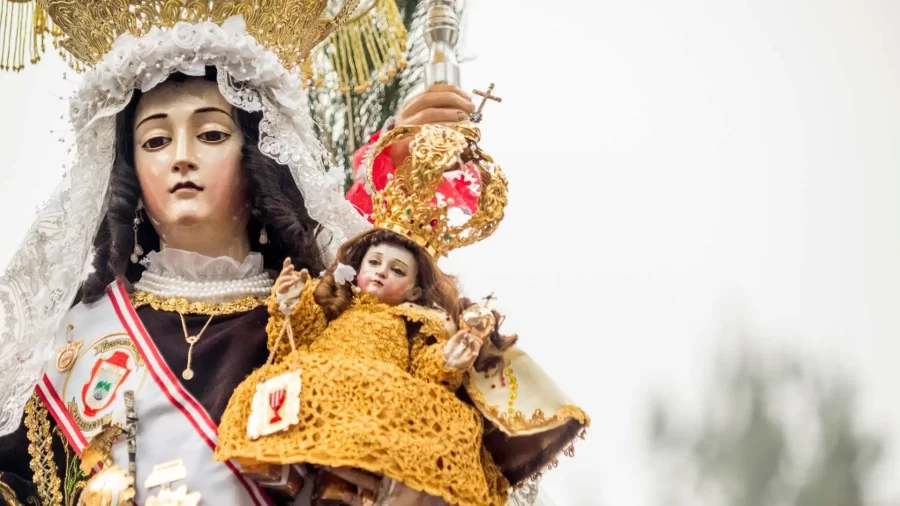
This dish is one of the most consumed in Peru, since when visiting every part of the country you will find several local and gastronomic spaces that offer the Pollo a la Brasa. This traditional dish was recognized by Ministerial Resolution No. 0441-2010-AG which declares that every third Sunday of July is commemorated as "Pollo a la Brasa Day".
The dish was created by Roger Schuler (a Swiss immigrant) in 1950, who lived in Chaclacayo and carefully observed the cooking technique of his cook, and it was he himself who prepared the cooking of the chicken.
After several attempts and tests he built the first oven in which he cooked the chicken with water and salt, this was the only condiment, from there they improved the preparation and little by little they added more condiments that made it unique in its flavor. Now, what diners also like are the classic creams such as mayonnaise, mustard, ketchup, vinaigrette and more.
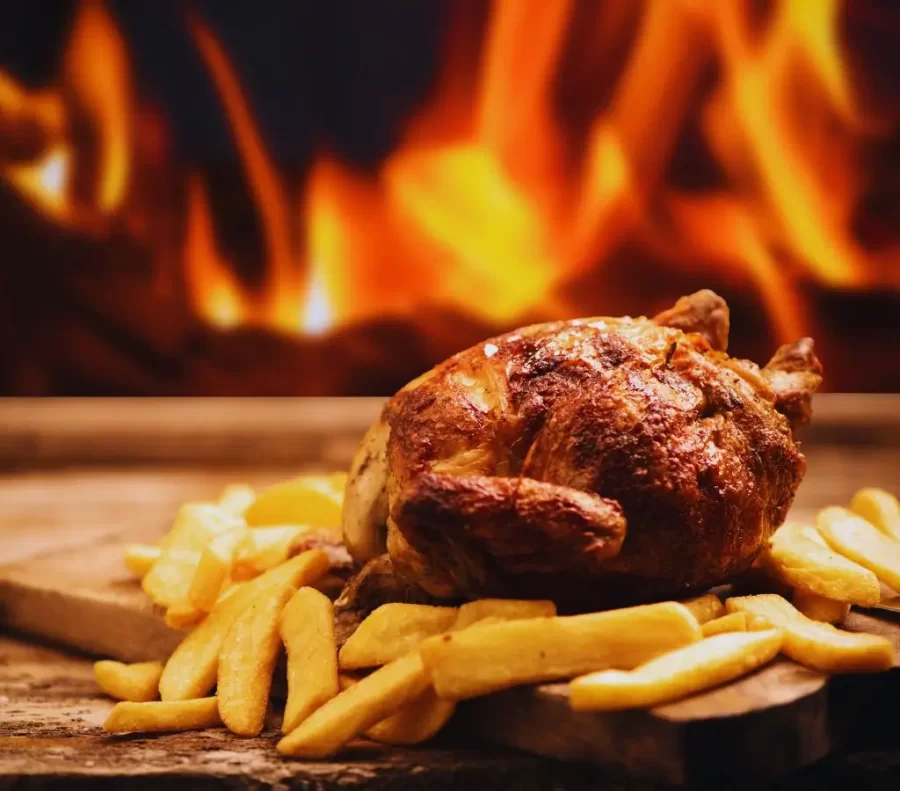
July 28th of each year is a very important date for Peru, on this special day is celebrated the Independence of Peru, an important date in which all Peruvians commemorate great battles, battles and other struggles to achieve freedom, independence and voice of the people.
Historically, Peru was declared an independent state on July 28, 1821 by General Don José de San Martín, an act that takes place in the Plaza Mayor of Lima since this date is that all Peruvians celebrate their national holidays. In 2021 it celebrated its bicentennial (200 years) of independence.
This month is characterized by dressing the streets, houses, public and private institutions and other places in red and white, as well as patriotic parades led by the Peruvian National Police, the Army of Peru, the Navy..
In the same way in the national schools, public as well as public and private entities wear a personal badge on their chest, the Escarapela, this symbol shows the love to their country for being the patriotic month.
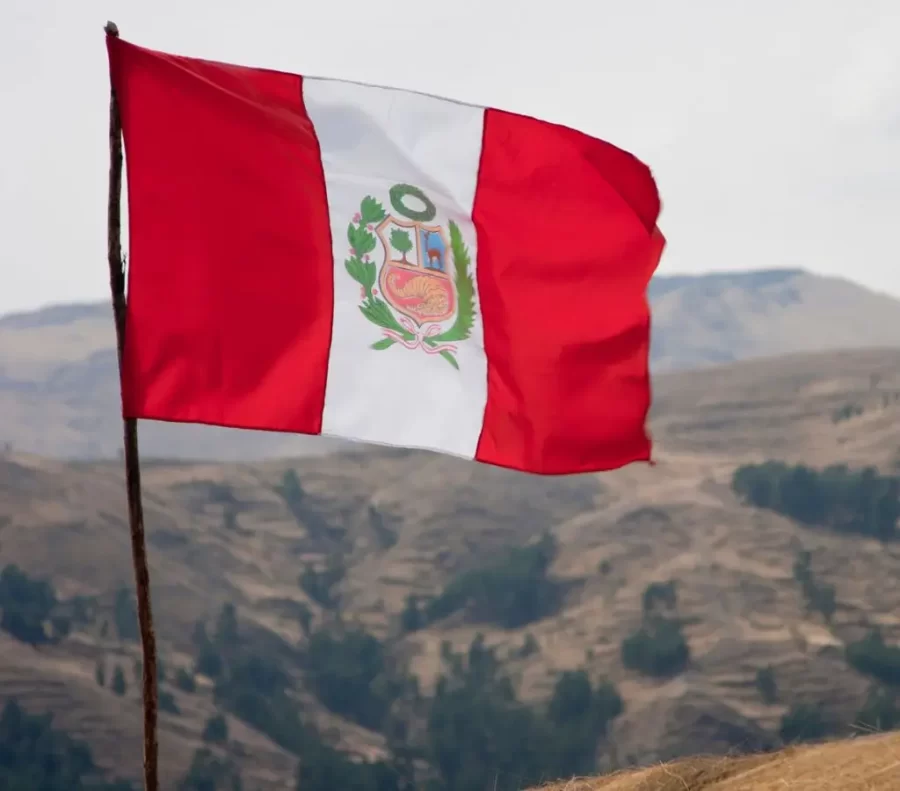
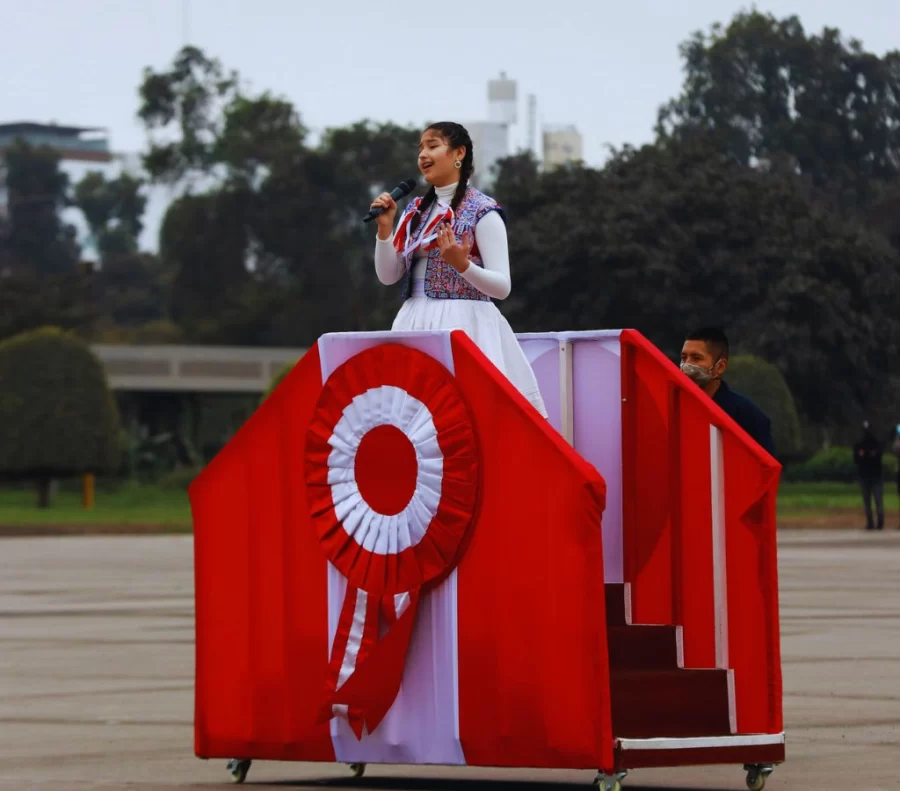
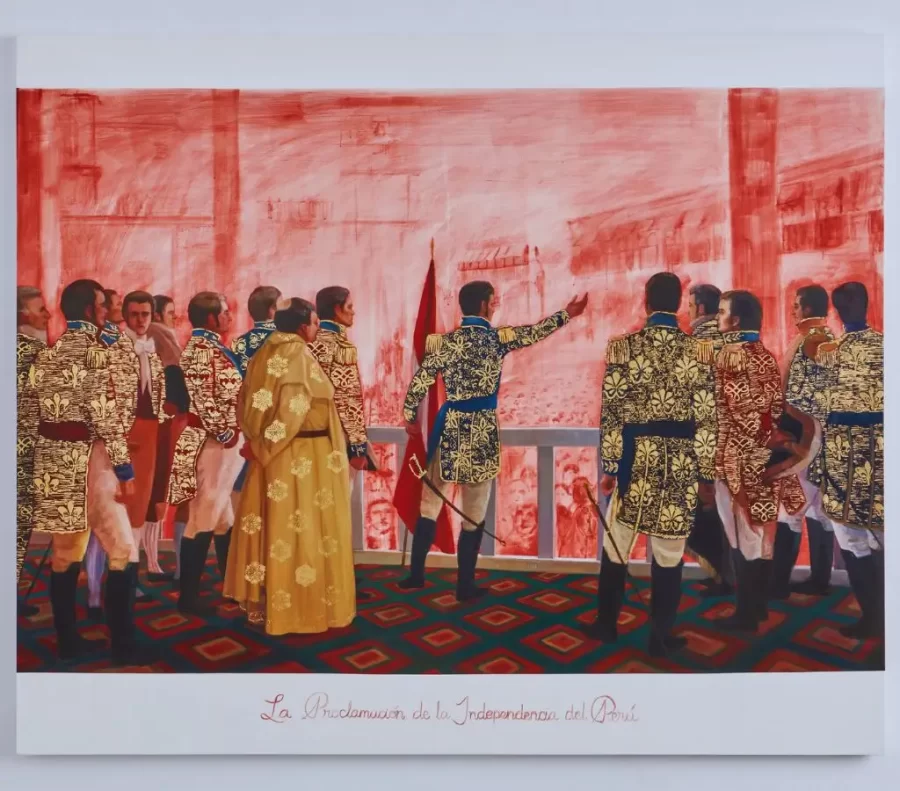
This day continues with the celebration of the independence of Peru, giving honors to the Armed Forces together with the National Police of Peru.
The Civic-Military Parade takes place with all the institutions that compose it. It is a great show of respect for the country, in this act you can see the transportation units, weapons, soundtracks, badges according to the position and other aspects that stand out in the presentation.
It is a celebration to honor our heroes and the patriotism with which they fought to achieve the independence of several generations that today are proud of their culture, tradition, gastronomy and more.
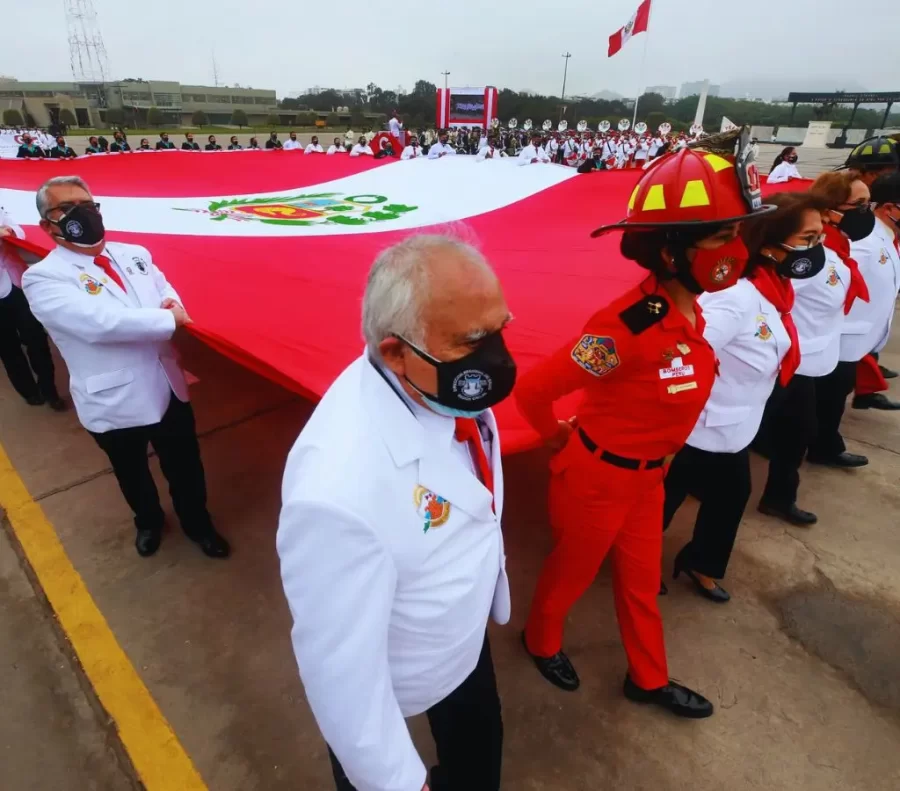
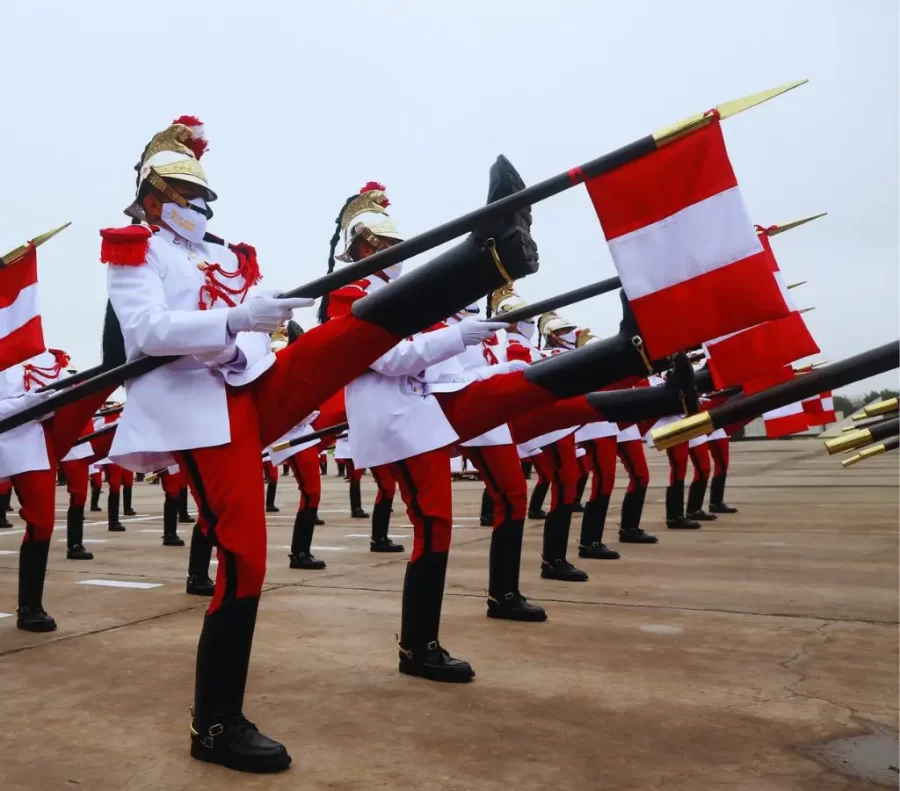
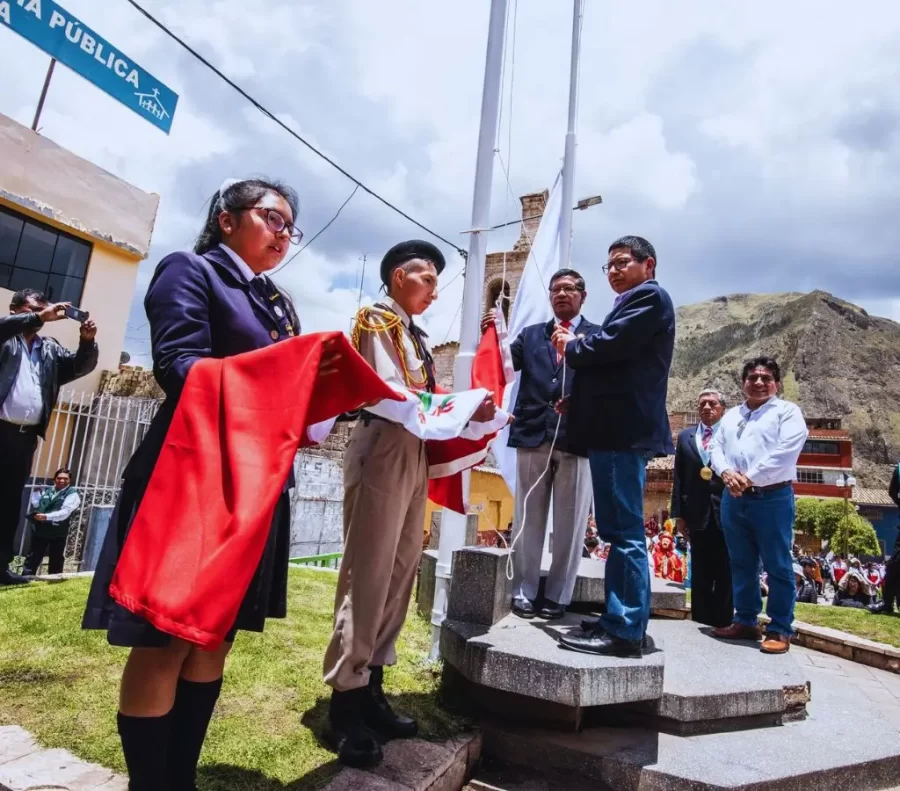
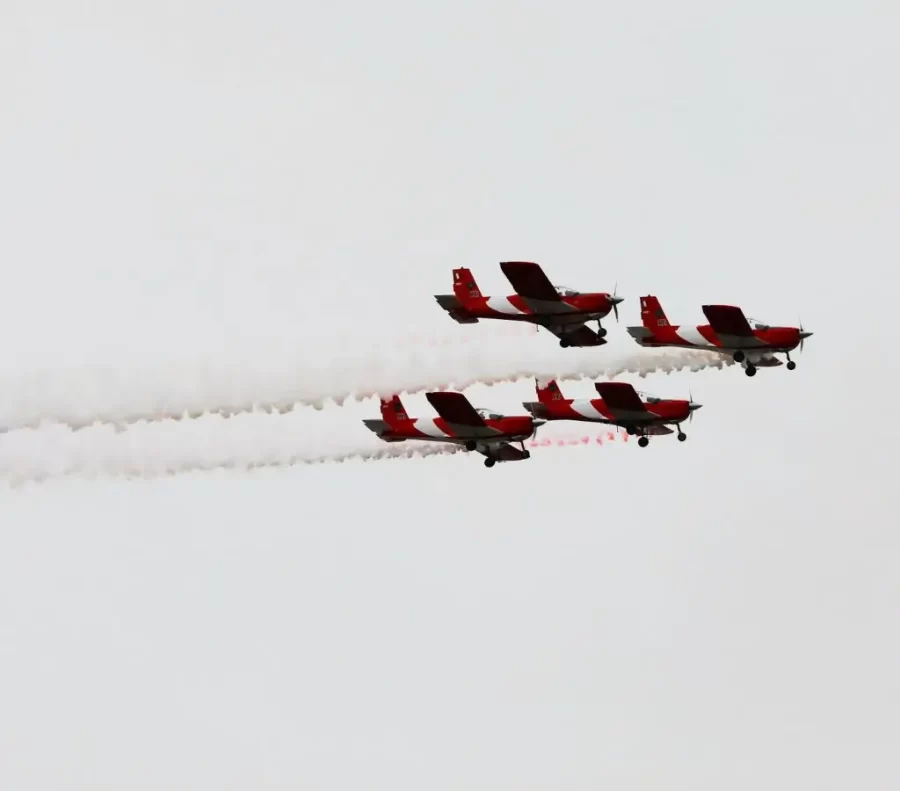
This festivity is celebrated in the city of Cusco, it is celebrated in the last days of July, this party is also called as the "Fiesta de Sangre" or Yawar Fiesta, but over time this has been lost and disappearing in the different towns where this party was practiced.
We even have a book written by José María Arguedas who wrote the book called Yawar Fiesta (1941) where he tells the story of the Andean style bullfight, this event was held in Puquio (Ayacucho). As well as in this locality, it is also performed in other high Andean regions such as Cotabambas.
This festival is characterized by having the condor tied on the back of the bull, first the villagers go out very early to catch the animal from its hiding place, once they have the condor (sacred bird) they take it to the village and make it drink aguardiente, they feed it well so that it is ready for the performance.
After that they bring a bull and then they hold the condor on the bull's back, the event begins when the bull wants to get the bird off his back and once enraged the capeadores come out and face the bull and the condor itself.
Once finished, they release the condor to the heights of the mountains, this happens when the condor turns out well; but if the condor dies or is wounded it means that something very bad is going to happen in that locality.
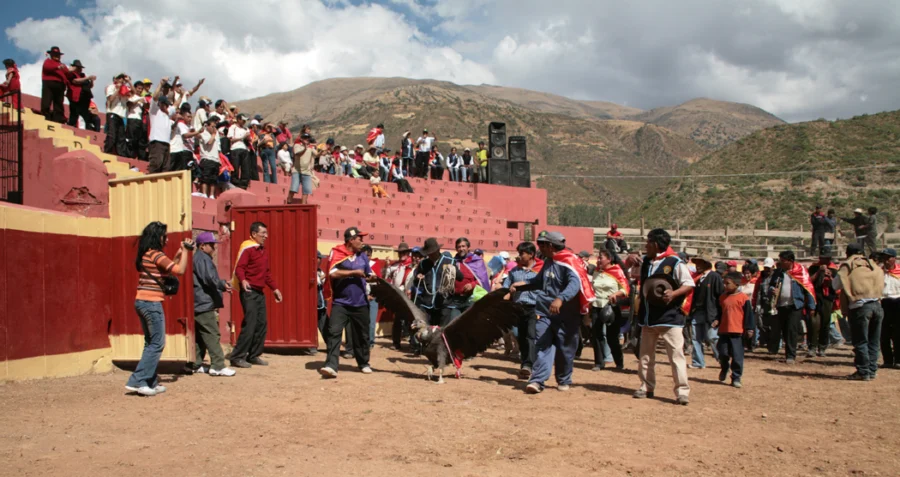
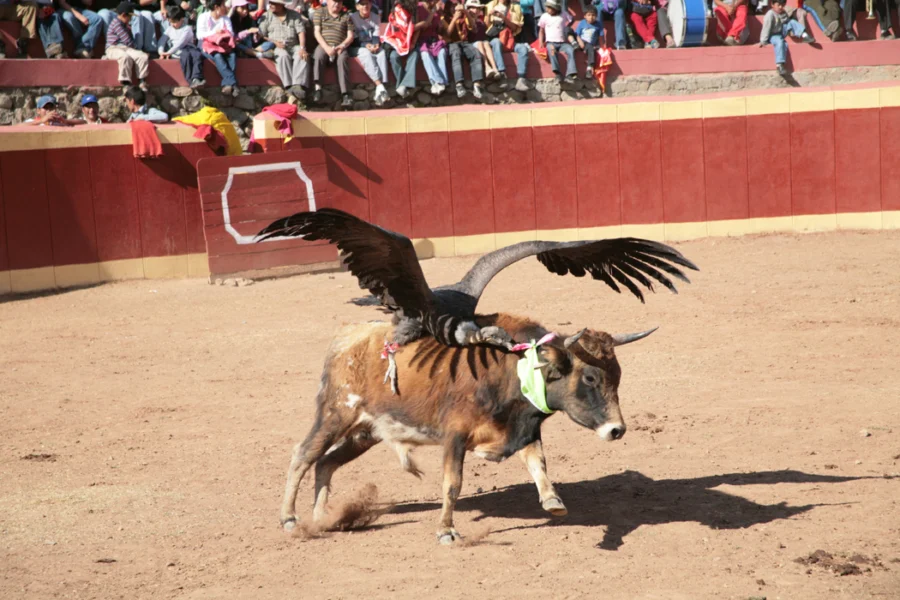
In conclusion, these are some of the festivities that are celebrated in the month of July, ideal to visit the different localities of Peru. I recommend that you visit Peru and the other regions that continue to celebrate these ancestral traditions.
